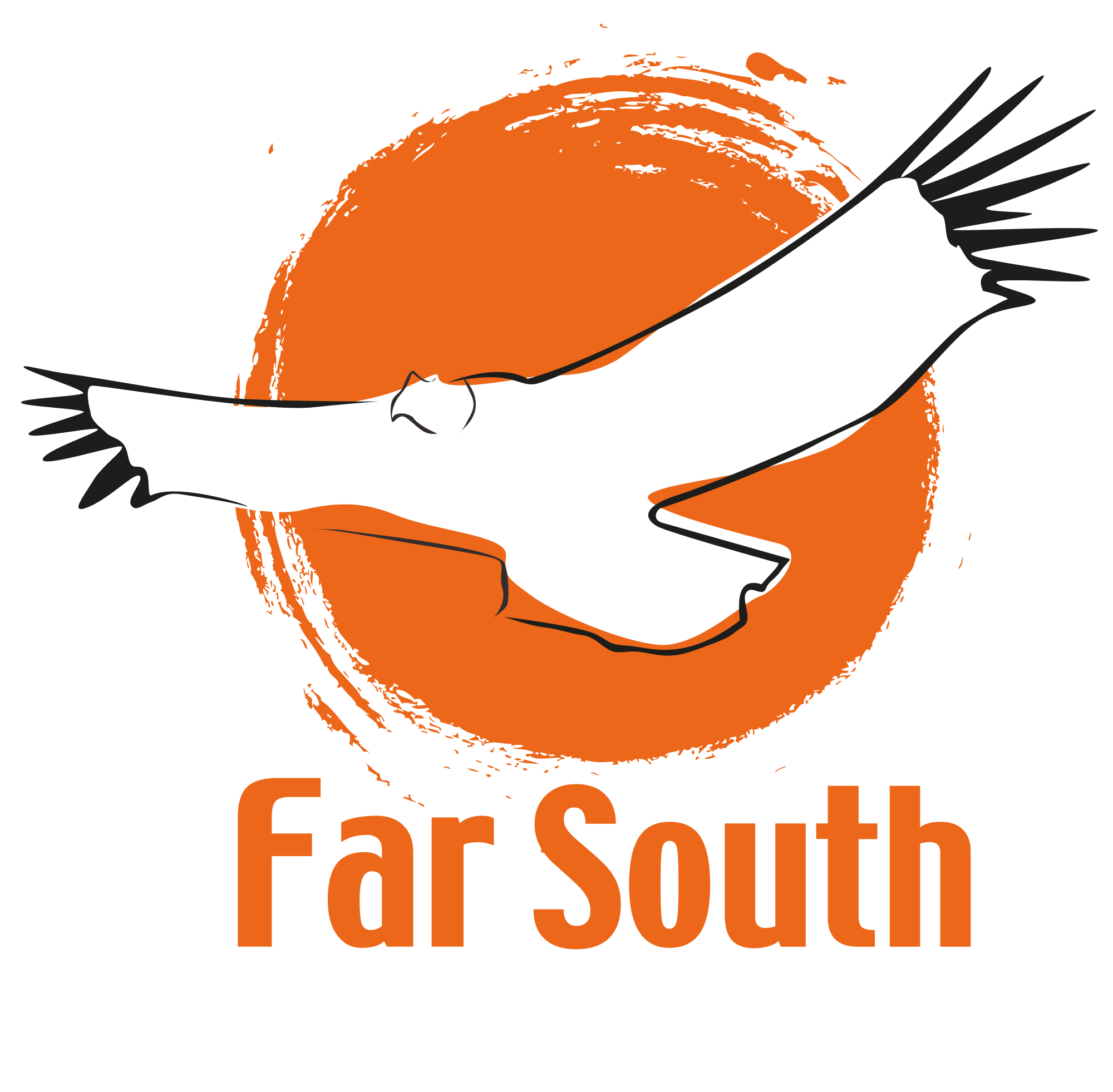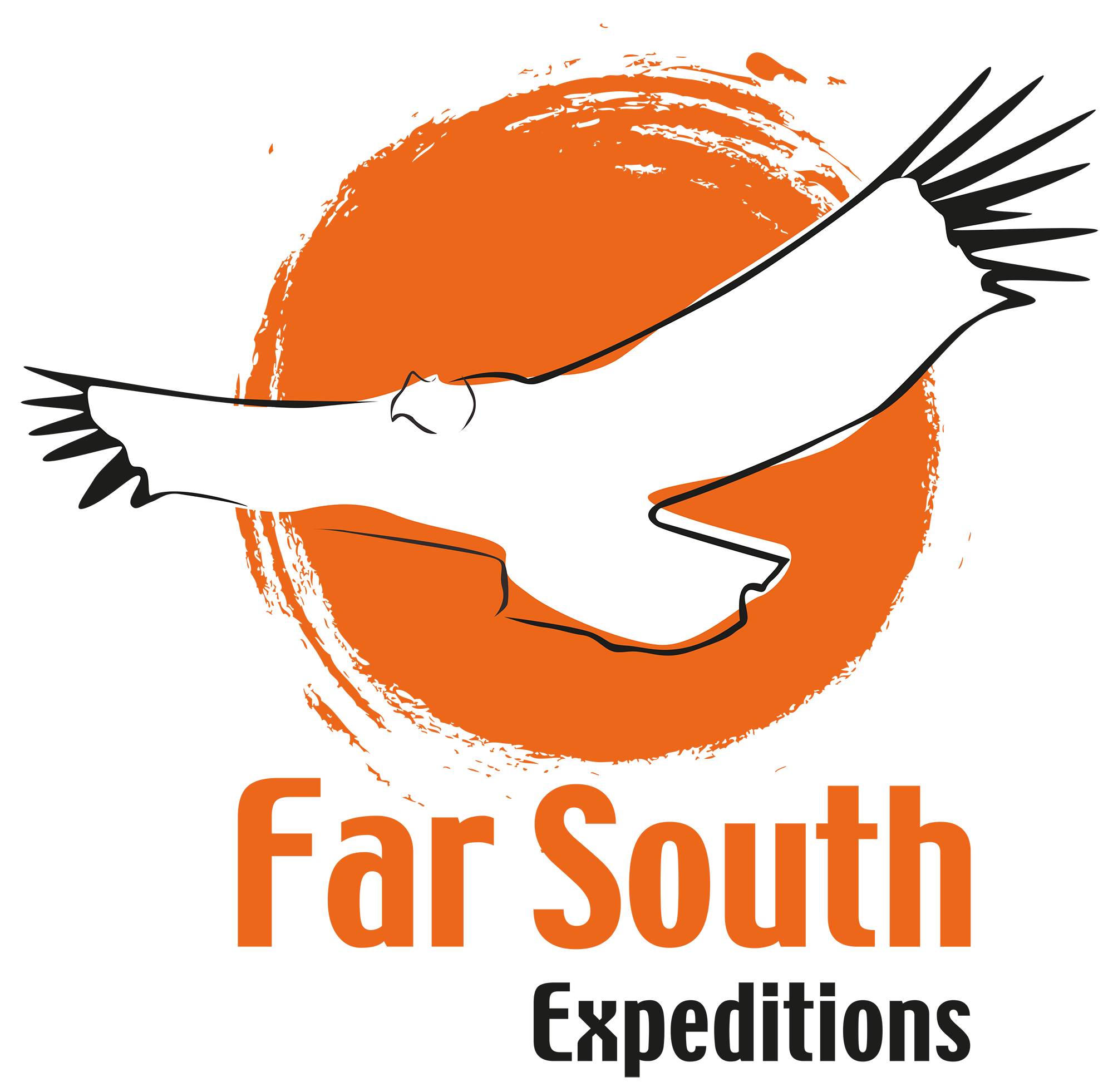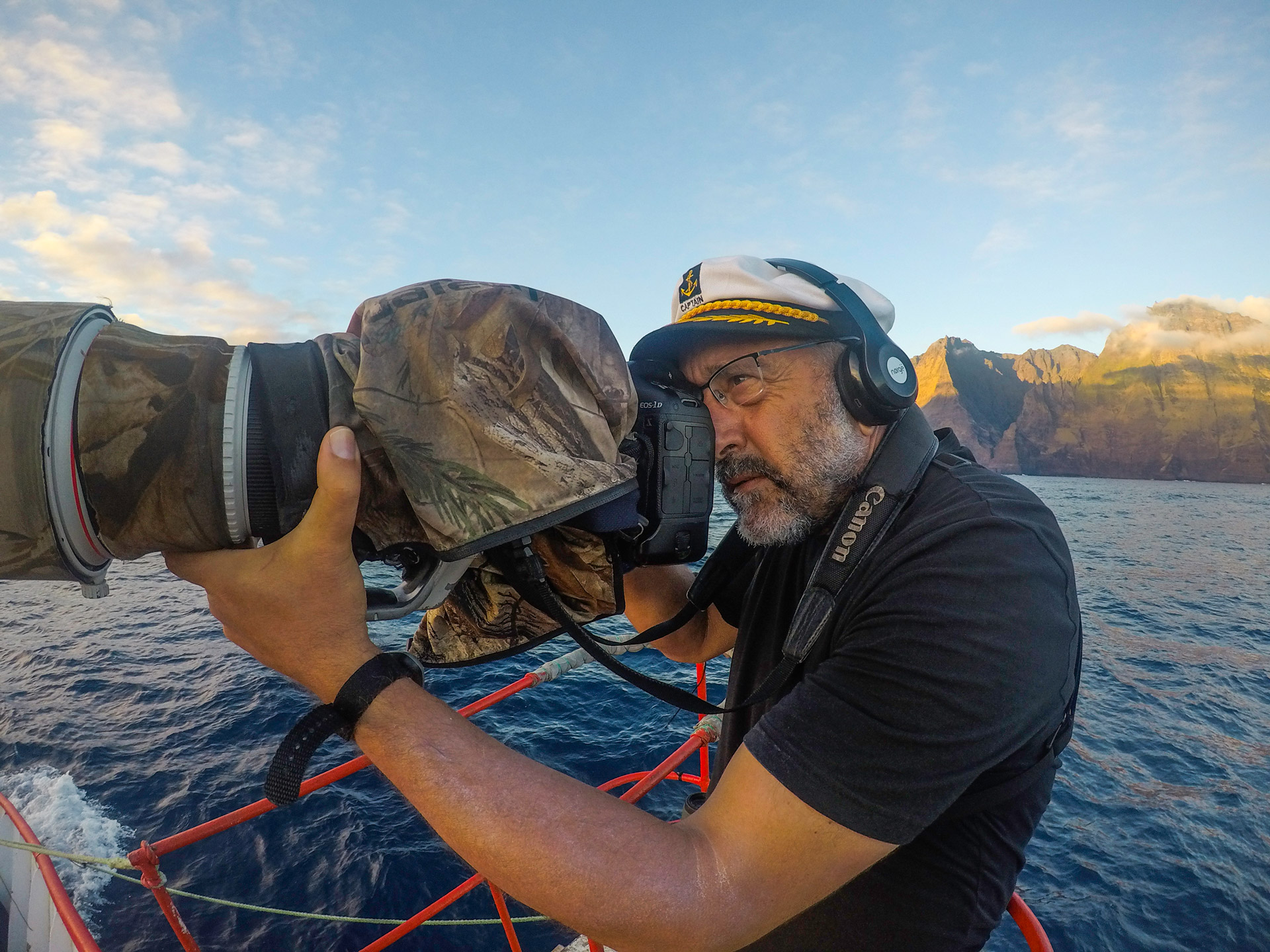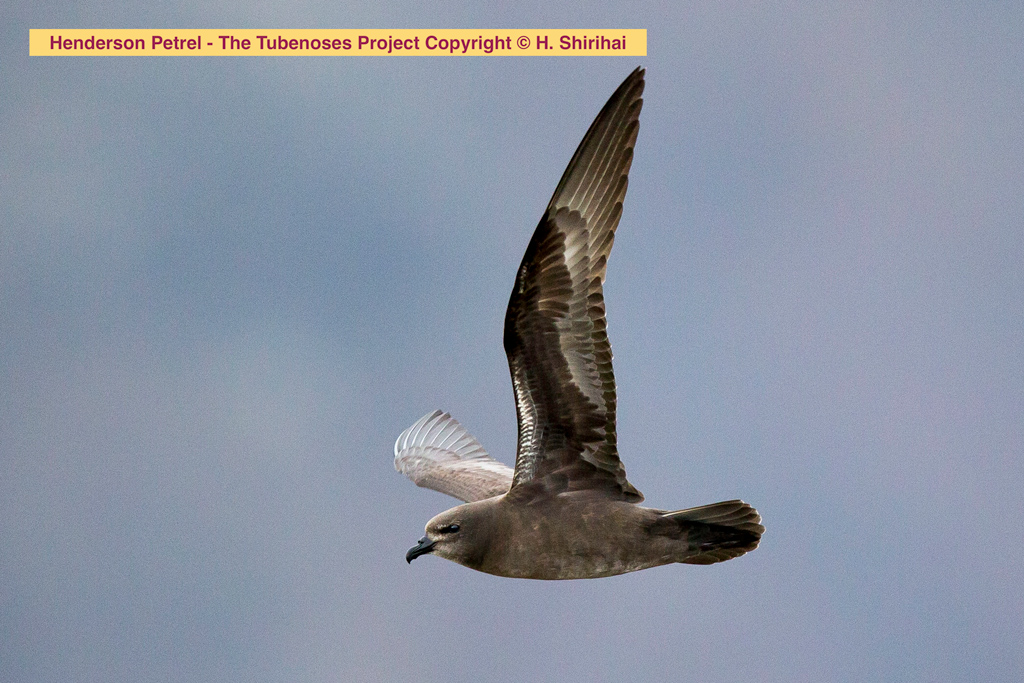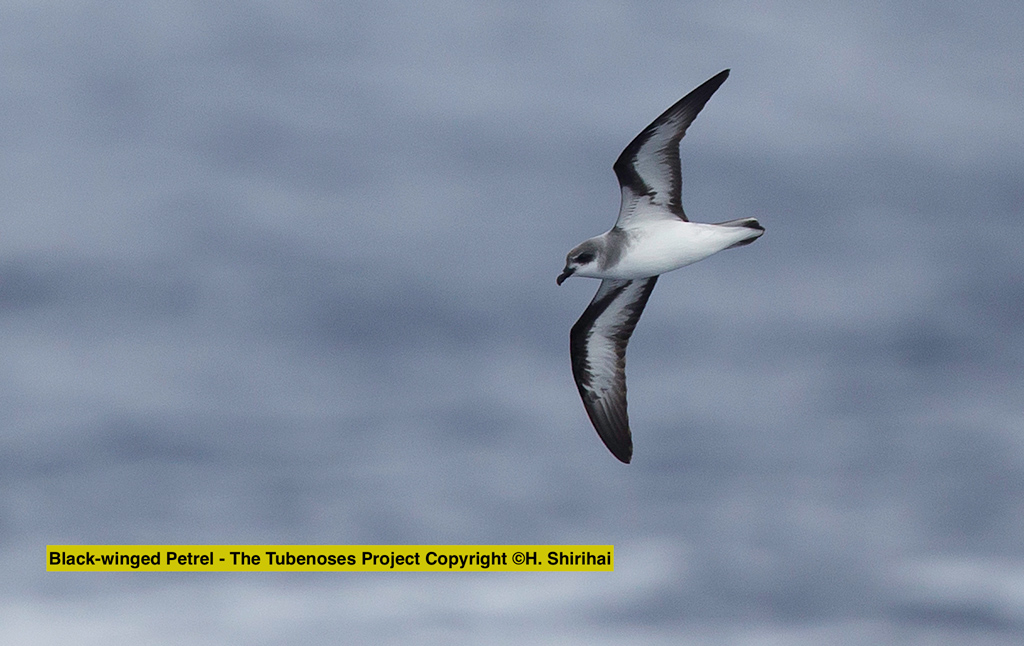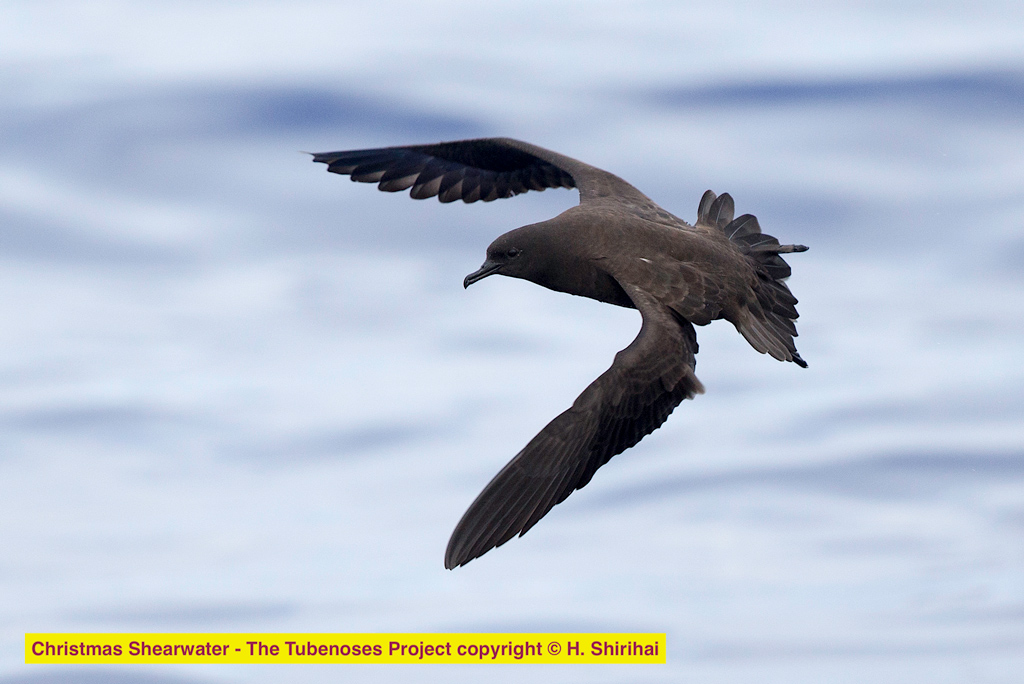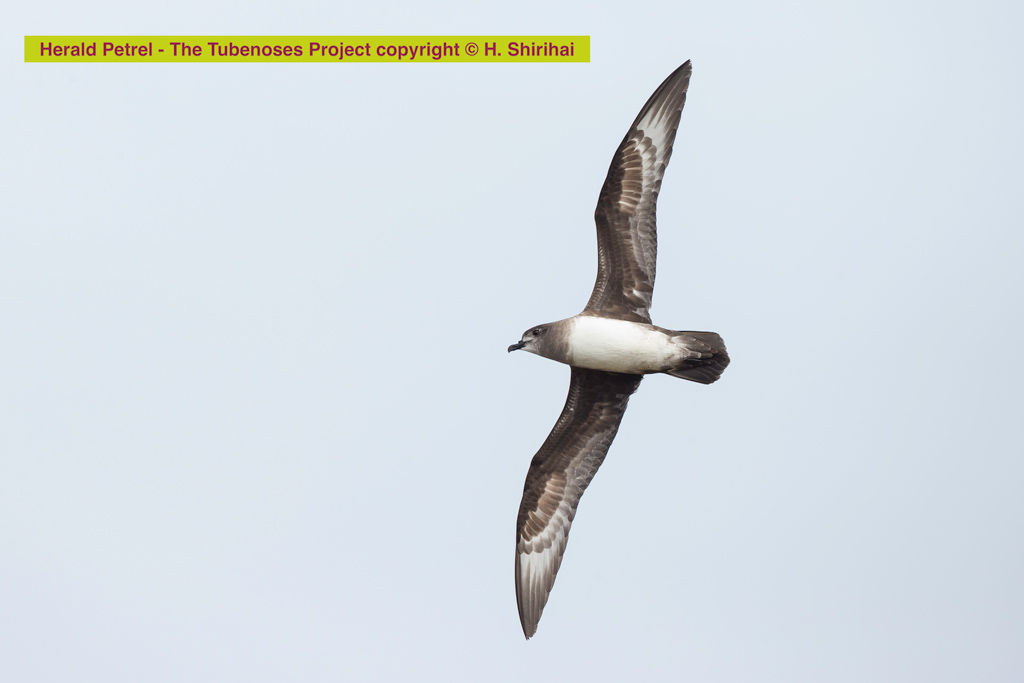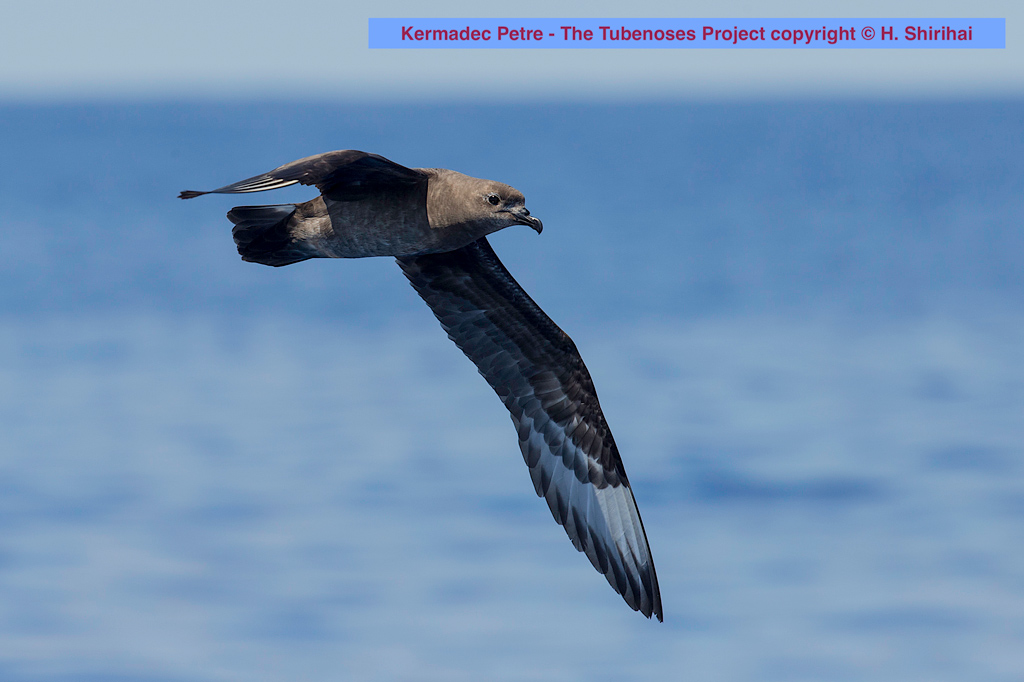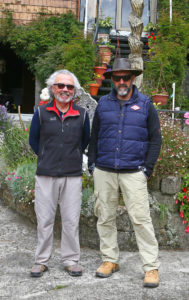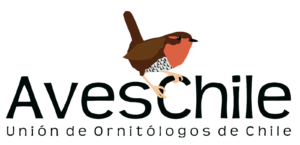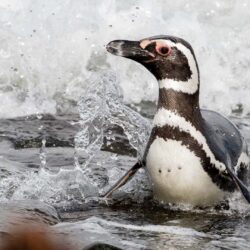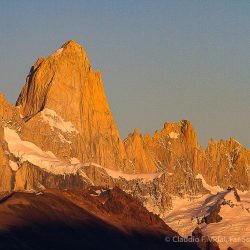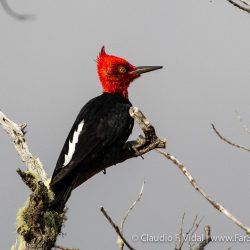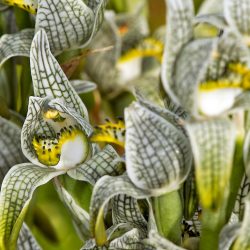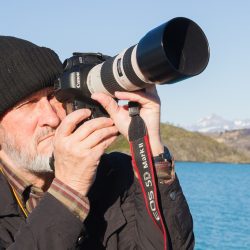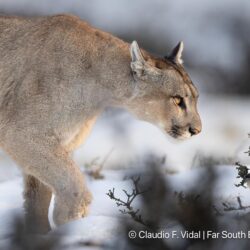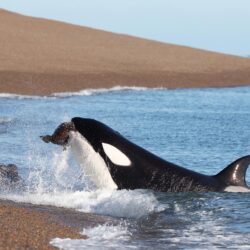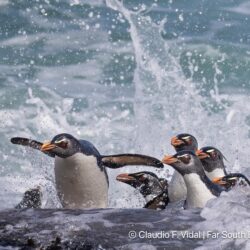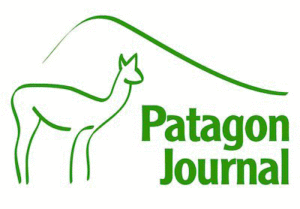Hadoram Shirihai Easter Island seabird expedition. Join world’s seabird authority and photographer Hadoram Shirihai on a unique quest for the gadfly petrels of eastern Polynesia and the extraordinary moai heritage of the breathtaking Easter Island (Rapa Nui), one of world’s most remote islands. In the company of Hadoram Shirihai and Enrique Couve, one of Chile’s foremost ornithologists, we will look for five “mega rarities” of the eastern Pacific, including Henderson, Herald, Kermadec, Murphy’s and Phoenix Petrels plus several other oceanic birds visiting or breeding at Rapa Nui. We will also have the opportunity to visit the many extraordinary archaeological sites of this superlative island, in company of our seasoned and knowledgeable local guides.
Two dates: (1) September 20-24 & (2) September 30 – October 4, 2019
Easter Island Seabird Expedition with Hadoram Shirihai
Hadoram Shirihai Easter Island seabird expedition | Moai Heritage & the Pacific gadfly petrels
5-day trip from Santiago, Chile | Group size: 3-7 | $2,498
Overview
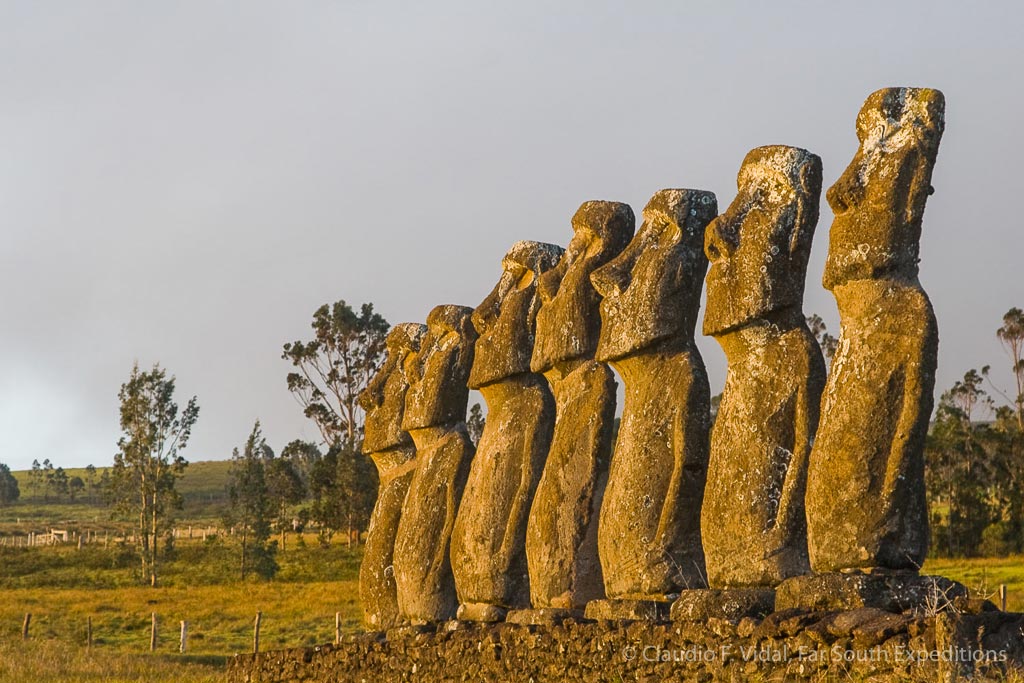

Phoenix Petrel (Pterodroma alba) © Hadoram Shirihai
Itinerary in Brief
Day 1 • Fly to Easter Island (*) – 1st pelagic (**)
Day 2 • Exploring Easter Island – 2nd pelagic
Day 3 • Exploring Easter Island – 3rd pelagic
Day 4 • Exploring Easter Island
Day 5 • Free morning – Flight back to Santiago
(*): Guests should arrive to Santiago the day before the trip starting date and overnight at a Santiago airport hotel.
(**): The schedule and duration of the boat trips need to be flexible due to weather and ocean conditions. Hadoram Shirihai Easter Island seabird expedition
Dates
(1) First trip: 20-24 September 2019
(2) Second trip: 30 September – 4 October 2019
Maximum group size
7 participants per departure.
Tour Leaders
Hadoram Shirihai & Enrique Couve plus local Rapa Nui guides for interpretation during the island tours. Hadoram Shirihai Easter Island seabird expedition
Detailed Itinerary and Activities
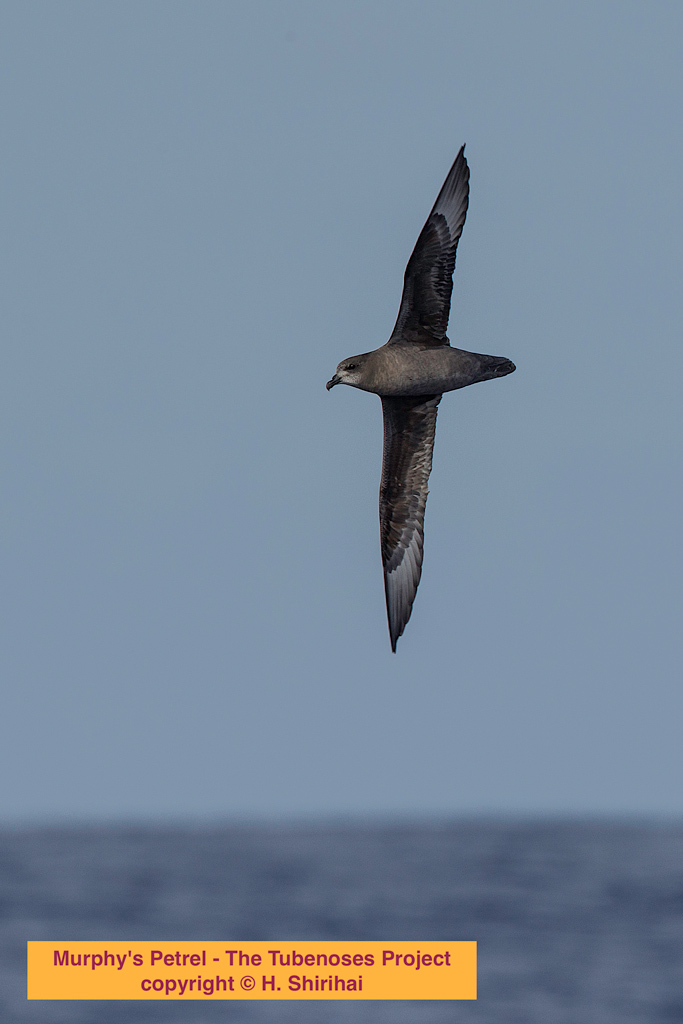
Murphy’s Petrel (Pterodroma ultima) © Hadoram Shirihai
Important Notes
(*): Guests should arrive to Santiago the day before the trip starting date and overnight at a Santiago airport hotel.
(**): The schedule and duration of the boat trips need to be flexible due to weather and ocean conditions.
Day 1 • Fly to Easter Island – 1st pelagic
This morning you will fly over the Pacific Ocean, covering more than 2,300 miles separating Santiago de Chile from Easter Island. After being received by our local guide, we will head towards our hotel and prepare ourselves for our first boat trip in company of Hadoram and Enrique. This trip will concentrate on the motus (Motu Iti, Motu Nui and Motu Kau Kau), the three volcanic islets located off the southwestern tip of the island. Here we will concentrate in finding and identifying the several Pterodroma – or gadfly-petrels – occurring here: Herald, Murphy’s, Kermadec, Phoenix and Henderson’s Petrels. Other seabirds found here include Brown and Gray Noddys, Great Frigatebird, and Masked Booby. Hadoram Shirihai Easter Island seabird expedition
Overnight at Hotel Iorana or similar (Dinner) (Guides)
Day 2 • Exploring Easter Island – 2nd pelagic
Today we will visit some of the most dramatic archaeological sites of Rapa Nui. We will drive towards the volcanic crater of Rano Raraku, located near the eastern tip of the island. This promontory was extensively used for nearly 500 years, as was the main quarry to carve the moai statues out of volcanic compacted ash or tuff. We will explore the skirt of the mountain and admire from the path, hundreds of unfinished statues; some are partly buried and standing while others are embedded in the ash of the volcano slopes. The largest moai ever built is here, measuring more than 70 feet long and weighing close to 270 tonnes! This ghostly scene of Rano Raraku seems like if all the workers had to suddenly abandon their duties at the workshop at once!
Containing 15 huge erected moai, Ahu Tongariki is the largest ceremonial site in the whole of Rapa Nui. The array includes a very large moai of more than 80 tonnes and even one statue has a top-knot of red scoria, which was brought from a distant quarry. All the moai of this huge ahu were toppled during the island’s civil wars; and even in the twentieth century, the whole site was swept by the massive tsunami of 1960.
During the afternoon we will have another boat trip, this time to explore the waters a few miles offshore; Black-winged Petrel and Christmas Shearwaters are potential species to find in addition to further views of the other Pterodromas nesting in the island. Hadoram Shirihai Easter Island seabird expedition
Day 3 • 3rd pelagic trip – Exploring Easter Island
In the company of Hadoram and Enrique we will have an additional trip to explore either offshore or the surrounding waters of the motus.
This morning destination will be the stunning ceremonial site of Orongo, located at the southeastern tip of the island. The impressive setting of the huge caldera of the extinct Rano Kau volcano and the surrounding village make this location one of the main highlights of the whole Rapa Nui tour. The microclimate inside the caldera, nearly a mile in diameter, accounts for the presence of various species of endemic plants, and the lake itself was an important source of freshwater in times of drought. Orongo village is also the main entrance to Rapa Nui National Park; we will visit here the characteristic oval-shaped stone houses that sheltered the contestants of the ancient competition rituals of the Bird Man, Tangata Manu. This striking ceremonial site was extensively restored in 1974 by the American archaeologist William Mulloy, and unlike several other sites that are less exposed to wind and rain, the houses at Orongo were built with benmorite, a type of basalt found only in the area. The entrances to the various shelters are quite low, as is the case with all the housing of the island, in order to protect the inside against wind and cold. Along the cliffs and besides the main structures, we will admire an array of different petroglyphs, many depicting birdman motifs or even the face of the god Make-make. Later we will explore the site of Vinapu, where we will compare ahu sites built over very different period of times during the history of Rapa Nui civilization. We will be certainly impressed by the quality and accuracy of the stonemasonry at the back of one of the ahu; they appear to be very similar to other wall structures of the Inca in South America, but is the result of the local progress in construction of these massive stone structures. Hadoram Shirihai Easter Island seabird expedition
During the afternoon, we will undertake an interesting exploration of the village of Hanga Roa and its immediate surroundings, visiting the ceremonial site – or Ahu – of Tahai. We will also learn about other stone structures, including the boat-like ‘house’ foundations or hare paenga, as well as the poultry housings or hare moa, of which there are plenty across the island. At Ahu Tahai, we will pay homage to William Malloy, a famous scholar and anthropologist who lived and died in the island; the whole site of Tahai is part of his reconstruction efforts. By the end of the day and just before sunset, we will visit the Ahu Akivi, an impressive array of seven standing moai, facing the ocean. Many islanders believe that the seven moai represent the young scouts sent ahead of the main migration under king Hotu Matu’a. They are said to look towards their homeland in west-central Polynesia.
Day 4 • Exploring Easter Island
On our fourth day at Rapa Nui we plan to visit Anakena Beach. This is a beautiful location with the most extensive beach on the island, wonderful diving and swimming and a grove of coconut palms. There are three ahu at this location, being Ahu Nau Nau the most colourful and well preserved of the whole island. This ahu was recently restored in the 1980’s by the local archaeologist Sergio Rapu. Although Anakena is one of the few places to have palm-trees brought from Tahiti in the 1960s today, archaeological digs have demonstrated that Rapa Nui was once covered by hundreds of thousands of palms, very much like the Chilean honey-palm. We will finish the day by visiting the interesting site of Puna Pau, also known as the “quarry of the hats”. This cinder cone holds the red scoria that characterized the hats or pukao of the moai. It is certainly overwhelming to realize that the hats have to be transferred such a long distance from this quarry to several ceremonial sites scattered around the Island.
Day 5 • Free morning – Flight back to Santiago
This morning you will have the chance to visit the crafts market and other stores of the village. We also recommend you visit the comprehensive Sebastian Englert anthropological museum, which holds phenomenal displays and collections of the pre-history and history of Rapa Nui. Your guide will transfer you to Mataveri airport for your flight back to Santiago de Chile, where our trip ends. (Breakfast) Hadoram Shirihai Easter Island seabird expedition
Dates & Rates
Scheduled departures:
| Trip Code | CHL20 | |
| Trip Length | 5 days, 4 nights | |
| Starts/Ends | Santiago, Chile | |
| Dates | 2019 | September 20-24 |
| September 30 – October 4 | ||
| Tour Leader: | Hadoram Shirihai & Enrique Couve | |
| Price per person (USD) | $2,498 | |
| Single Cabin (USD) | $300 | |
| Trips are guaranteed to depart with a minimum of 3 participants. Maximum group size of 7 participants. | ||
The above prices are per person in US Dollars, based on double occupancy in double room.
What the tour includes/excludes
Single supplement will be added if single accommodations are requested.
The trip price includes: Return flights (Santiago-Easter Island-Santiago), all accommodations, meals and guide services as stated in the itinerary, tipping for restaurants, drivers and local guides, park entrance fees, private ground transportation and boat trips. Bottled water provided during the tour.
The trip price excludes: Transfers to and from Santiago airport, travel insurance, excess baggage charges, alcoholic drinks, à la carte dishes, laundry, telephone calls and anything else of a purely personal nature. Hadoram Shirihai Easter Island seabird expedition
Tour Leaders
Hadoram Shirihai
Hadoram Shirihai is a leading expert on field identification. His pioneering work on raptor migration through the key watchpoints of the Middle East has been ongoing for more than twenty years. More recently his research interests have included passerine migration, and the identification and distribution of seabirds; in 2007 Shirihai was responsible for the rediscovery of Beck’s Petrel, one of the zoological highlights of the 21st century. His many titles include Sylvia Warblers, A Complete Guide to Antarctic Wildlife (Helm) and Whales, Dolphins and Seals (A&C Black).
Enrique Couve
Enrique is an Industrial Engineer by profession, although a field naturalist by true passion. One of the two founders and original driving forces behind the Far South Expeditions concept and company, he has been birding and studying the natural history of Chile for more than 45 years. He is co-author of more than 20 publications on the natural heritage of Chile and Patagonia, and among his published works is the praised ‘Birds of Patagonia, Tierra del Fuego and Antarctic Peninsula’. Enrique has extensively travelled throughout Chile and South America, its oceanic islands and Antarctica. He is the main author of the long-awaited Field Guide to the Birds of Chile. He is founding partner and manager of Far South Expeditions and lives in Punta Arenas with his wife Cecilia. Hadoram Shirihai Easter Island seabird expedition
Tour Registration
To book this tour, please fill in our online registration form. We will process your booking and will send you a note with space confirmation and a transfer invoice with payment instructions within 24 hours. The transfer amount is 500 USD per person. Full payment of the tour fee is due 90 days prior to tour departure.
NOTE: Inquiries received on Saturdays, Sundays and Holidays will be replied to during the following working day.
Cancellation Policy
Notice of cancellation can only be accepted IN WRITING from the person who signed the booking form and takes effect on the day such noticed is received by us.
Refunds are made according to the following schedule:
• If cancellation is made 120 days or more before departure date, the transfer amount minus 200 USD is refundable.
• If cancellation is made between 120 and 60 days before departure, the transfer is not refundable, but any payments covering the balance of the fee will be refunded.
• If cancellation is made less than 60 days before departure date, no refund is available.
This policy and fee schedule also applies to pre-trip and post trip extensions, as well as any transfers from one tour to another. We strongly recommend the purchase of trip cancellation insurance to protect yourself.
Write or call for availability:
tours@farsouthexpeditions.com
+56 61 261-5793

